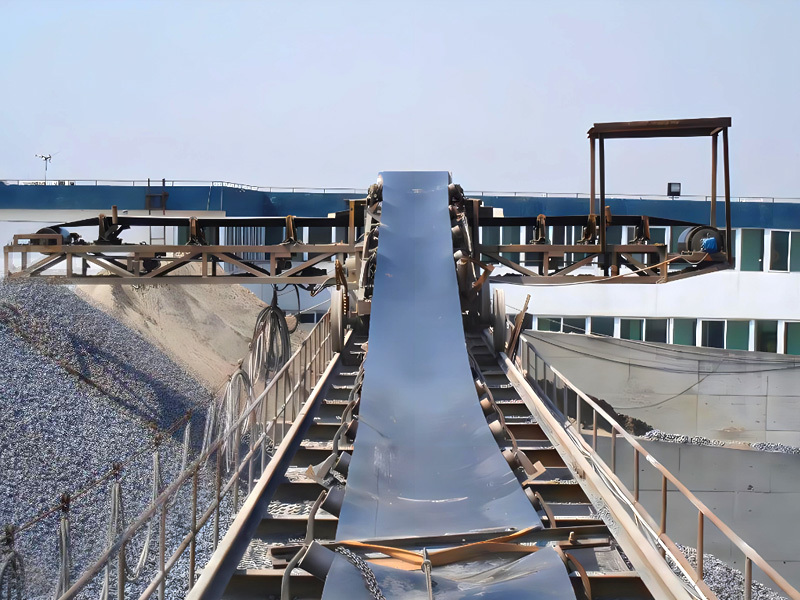Baoding Fangnuo Rubber Products Manufacturing Co., Ltd.
-
-
Fabric core conveyor belt series
-
High wear-resistant energy-saving conveyor belt
-
(EP) Polyester conveyor belt
-
Nylon conveyor belt
-
Chevron conveyor belt
-
Ring conveyor belt
-
Super wear-resistant conveyor belt
-
Food and agriculture non-slip conveyor belt
-
Impact-resistant and tear-resistant steel mesh conveyor belt
-
Cut edge conveyor belt
-
Extra-wide conveyor belt
View More -
-
-
Special conveyor belt series
-
Steel cord conveyor belt
-
Vacuum filter conveyor belt
-
High-angle bucket elevator belt
-
Corrugated sidewall conveyor belt
-
Rubber sheet/rubber block/rubber pad
-
Aramid conveyor belt
-
SW conveyor belt (warp)
-
Backless/backless conveyor belt
-
Food-grade white conveyor belt
View More -
-
-
Understanding Grain Conveyors: Essential Insights for Industrial Applications
Release time:
2025-11-11 12:10
One of the primary types of grain conveyors is the belt conveyor, which consists of a continuous loop of material that moves along a series of pulleys. This type is especially effective for transporting grain over long distances and can be customized to handle different types of grain. Additionally, auger conveyors, which use a rotating helical screw to move materials, are commonly employed for their compact design and ability to work in tight spaces.
When selecting a grain conveyor, several key considerations come into play. First and foremost is the capacity requirement. Understanding the volume of grain that needs to be moved and the speed at which it must be transported is crucial for determining the appropriate conveyor size and power specifications. Additionally, the layout of the facility plays a significant role in the selection process; ensuring that the conveyor system fits seamlessly within the existing infrastructure is essential for maximizing space and efficiency.
Another important factor is the material compatibility. Grain conveyors must be designed to handle specific types of grain and related materials, as different crops may have varying moisture levels, densities, and abrasive qualities. Choosing a conveyor that can handle these unique characteristics will help reduce wear and tear on the equipment, ultimately extending its lifespan and lowering maintenance costs.
Safety features should also be a priority when considering grain conveyors. Ensuring that the system has proper guarding, emergency stop mechanisms, and regular maintenance checks can help mitigate risks associated with equipment failure and accidents during operation. Training operators on safety protocols and proper handling procedures is equally essential to ensure a safe working environment.
In conclusion, understanding grain conveyors and their functionalities is crucial for professionals in the industrial equipment sector. By focusing on capacity, material compatibility, and safety features, businesses can significantly enhance their material handling processes, leading to improved productivity and efficiency. As technology continues to evolve, staying informed about advancements in conveyor systems will be vital for maintaining a competitive edge in the industry.
grain conveyor
Previous:
Previous:
Product
About Us
We specialize in producing heavy-duty EP nylon conveyor belts, steel cord conveyor belts, corrugated rib conveyor belts, bucket elevator conveyor belts, herringbone conveyor belts, ring conveyor belts, etc. As a Chinese conveyor belt manufacturer, supplier and exporter, we focus on providing customers with high-quality conveyor belts and better services.
Baoding Fangnuo Rubber Products Manufacturing Co., Ltd.
Copyright Baoding Fangnuo Rubber Products Manufacturing Co., Ltd., All rights reserved














